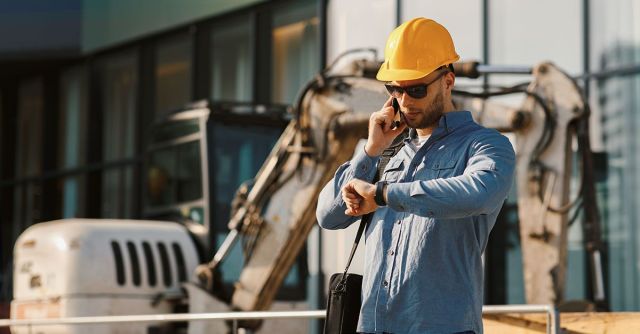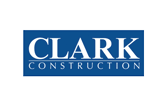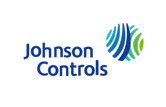COVID-19 & Construction: Dragging Up

We at Fieldwire have heard from many of our users about how COVID-19 has impacted their work. This is what one of them is experiencing. Due to NDAs and other sensitivities, the author has asked to remain anonymous.
Since the COVID-19 pandemic hit the US, construction workers have had to deal with illness, project delays, and deciding what being an “essential employee” really means to them and their families. The risk of infection coupled with the stress of being on the road while dealing with shelter-in-place orders across the country has put a strain on the already stressful nomadic lifestyle of construction professionals. Many construction and project managers in the industry are having to assess how they are going to complete ongoing projects or start new ones with the current labor constraints.
Here’s what I’m hearing from my fellow construction professionals about absent workers and my tips for mitigating losses.
Illnesses, coronavirus-related and otherwise
While the COVID-19 virus has raised awareness for social distancing and other HSE (health, safety, and environmental) measures, tradesmen are still not able to overcome the fact that the demands of their profession often require them to be in tight quarters with fellow workers. In addition to the concerns about coronavirus, jobsites have had to deal with seasonal flu and colds that have taken their toll on workers. According to the US Influenza Surveillance Report, the CDC estimates that this season there have been at least 39 million flu illnesses, 410,000 hospitalizations, and 24,000 deaths from flu so far.
I spoke to a superintendent on a jobsite in the Southern US who told me of how workers on-site have had to deal with vomiting, the rampant spread of “the crud” that often goes around this time of year, and allergies due to the onset of pollen season. While these issues are typical during cold, flu, and allergy season, the heightened sensitivity due to the possible spread of COVID-19 has everyone taking it more seriously. This emphasis on safety and overall site hygiene is good for the HSE side of the job, but generally not accounted for in the schedule.
Social distancing site practices
Ensure that workers can continue working in a safe and healthy environment with these tips.
- Award work to only one contractor in a specific area of a plant and having the same crew work in that area on multiple projects
- Use radio and cell phone communication in loud environments to limit the need for close quarters speaking
- Have pre-work and planning meetings in a break area or other area away from the worksite that allows for adequate work spacing
- Use technology to allow owner representatives and engineers to provide remote support to those in the field
Dragging up and absenteeism
The panic that has been generated out of the rapid spread of the virus has caused many workers to consider whether it makes sense to stay on-site, take a layoff, or just quit. A common phrase you might hear on-site right now is “I’m dragging up – load my tools!” A superintendent at an industrial project told me that out of a crew of approximately 40 workers which started work at the end of February, approximately 20% have left due to illness or other reasons.
The construction industry has always dealt with the ebbs and flows of on-site labor. Unplanned absences occur for many reasons, from workers having health issues, personal issues, better offers, and even just not wanting to work anymore. With the stress of the COVID-19 crisis, employers need to do their best to help meet the needs of their employees to encourage and help them to complete their jobs. Communication, understanding, and flexibility are crucial at this time.
When looking for ways to reduce the amount of unplanned absences, listen to the needs of your workers and take into consideration what might be happening outside of work. As a young apprentice in the construction industry who grew up with a family working in the trades, I was told by my father that, when it was my turn to run the crew, to remember that the tradesperson who is having a bad day on-site may have just found out about a death in the family or their spouse may have filed for divorce the night before. Now, especially, with workers coming from all walks of life and all corners of the country to complete different projects, it is challenging to know how external influences due to the virus, spouse layoffs, or everyday struggles may be causing an employee to consider leaving a site.
Having daily tool box talks and taking the time throughout the day to connect as much as possible with individual tradespeople can help identify issues that may you be able to resolve to ensure their health, safety, and productivity on-site. The stress of working during a crisis is one that can often be taken for granted. It is challenging to find adequate accommodations to stay or places to eat when there are emergencies declared in local areas. Employers can help alleviate that stress by ensuring workers are able to find places to stay using their back-office support to arrange or provide lodging. Supervisors on-site can do the same for meals.
While working night shifts during a major flood in the Southeast several years ago, I would buy dinner for the day-shift supervisor when I picked up my lunch on my way to work. Restaurants during that emergency were being closed at 5 PM — he couldn't get out of work before 7 PM — so taking a few minutes out of my morning before work alleviated a significant amount of stress for him after work. The everyday needs that are easily overlooked can drastically increase the amount of stress that can ultimately lead to a worker deciding to return home early.
In the cases where workers have left the site due to an unexpected illness or leaving the job early, it is vital you communicate with owners about potential delays and discuss any contract issues as soon as possible. In unprecedented times such as these, you may be driven into a force majeure situation or may need assistance with project extensions due to lack of labor or materials. The bumps in the road can be overcome if all parties including the owners, contractors, and workers are working towards the same goal of project completion with everyone returning home safe and healthy.
















